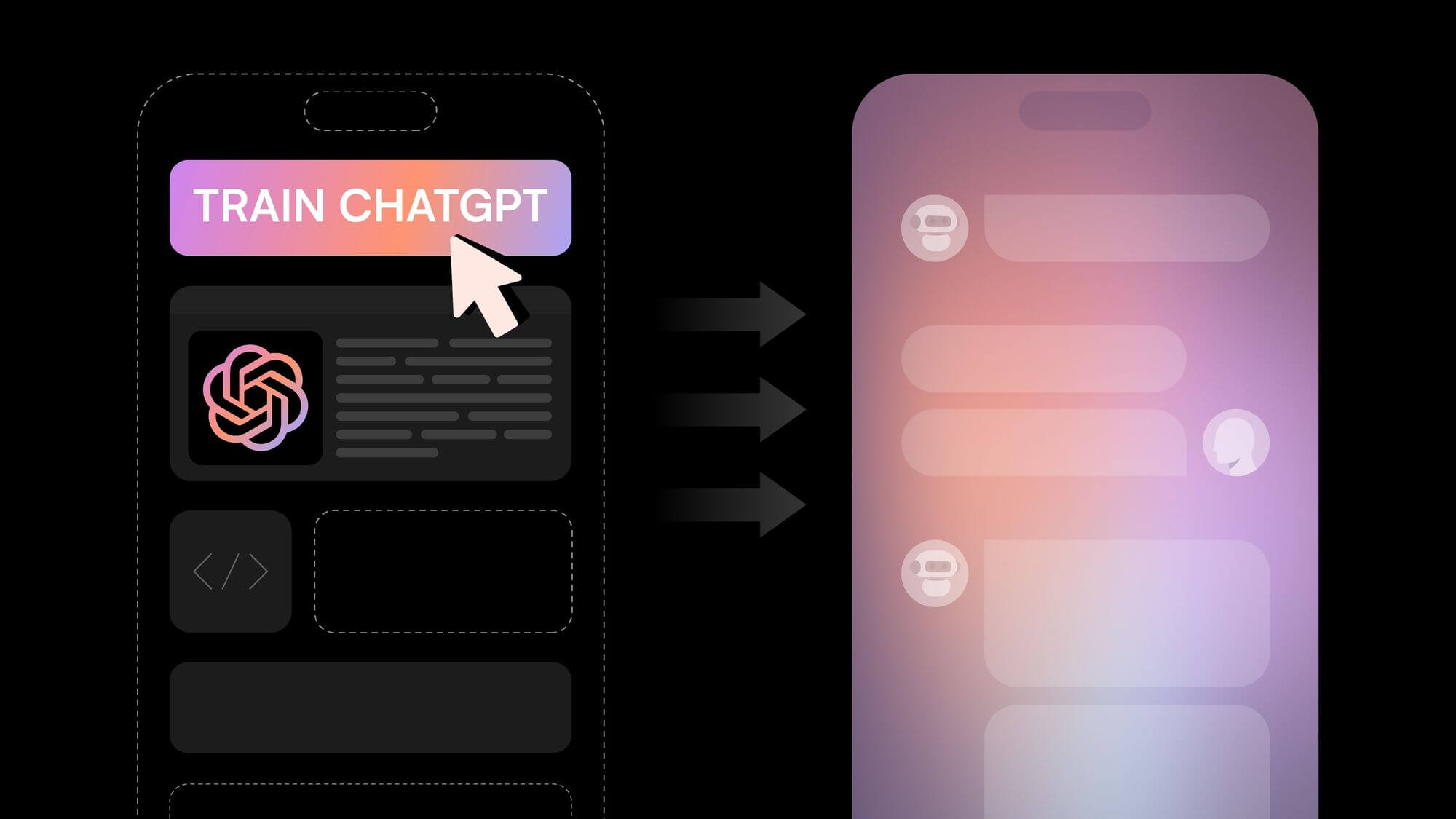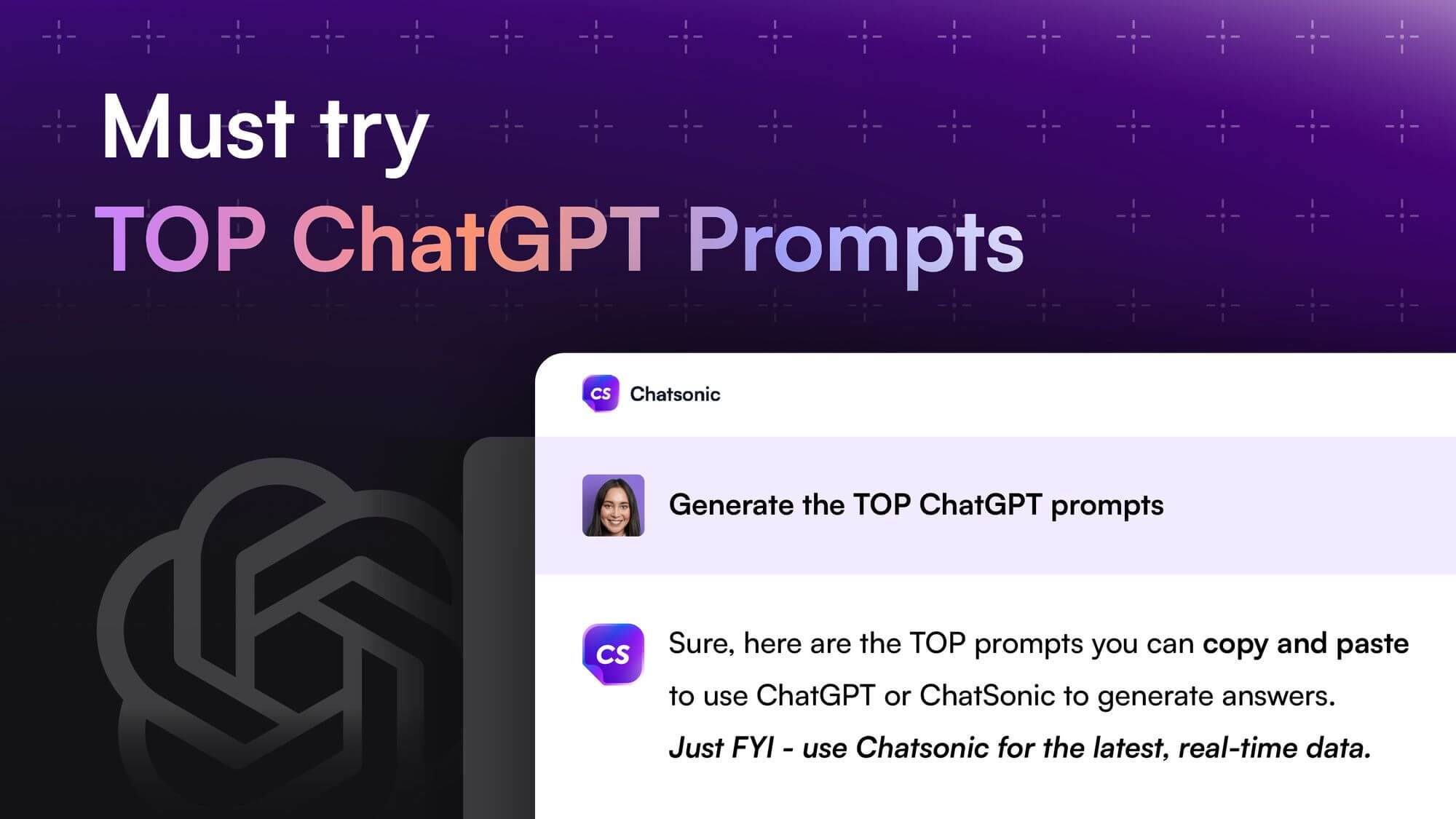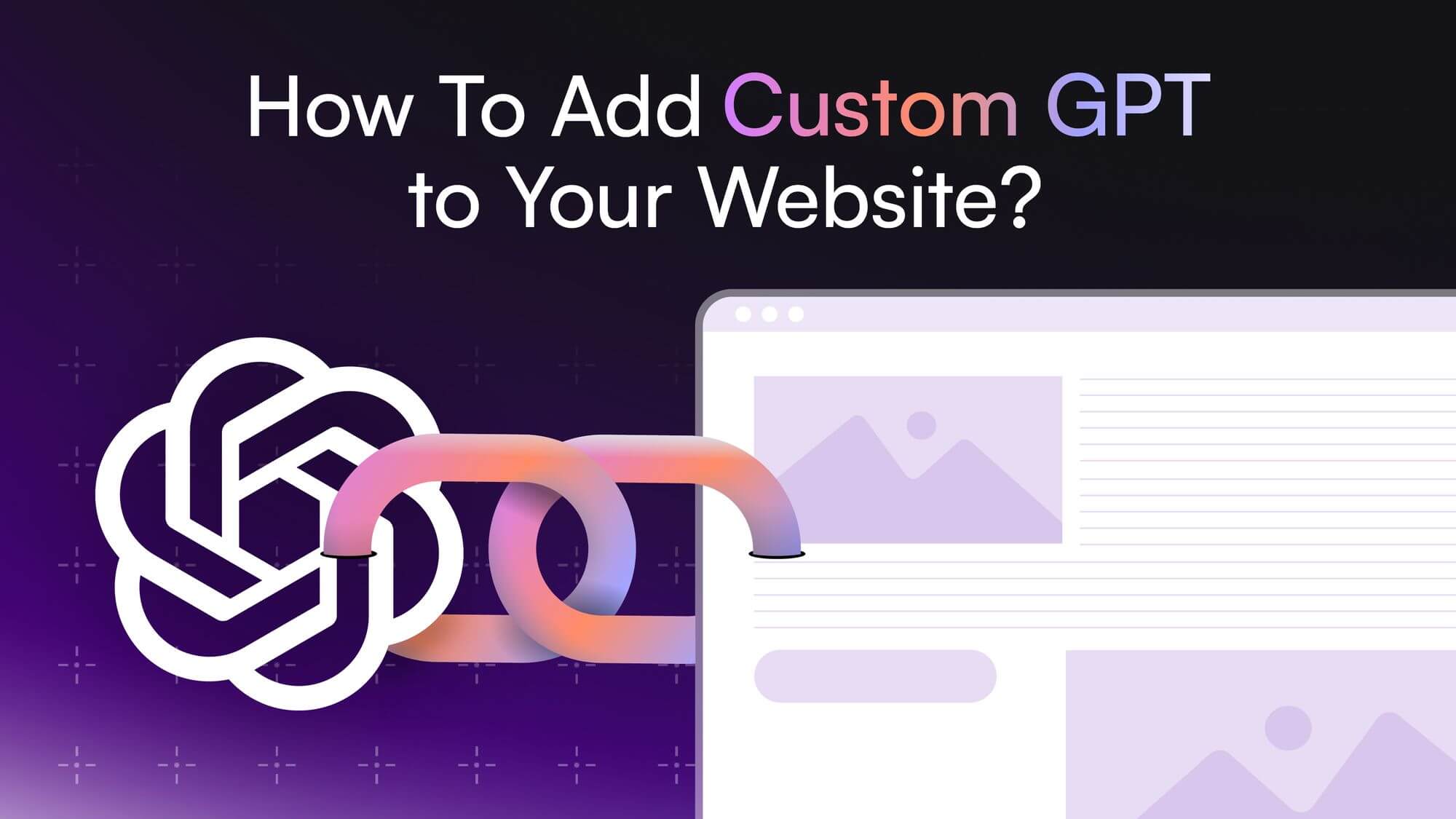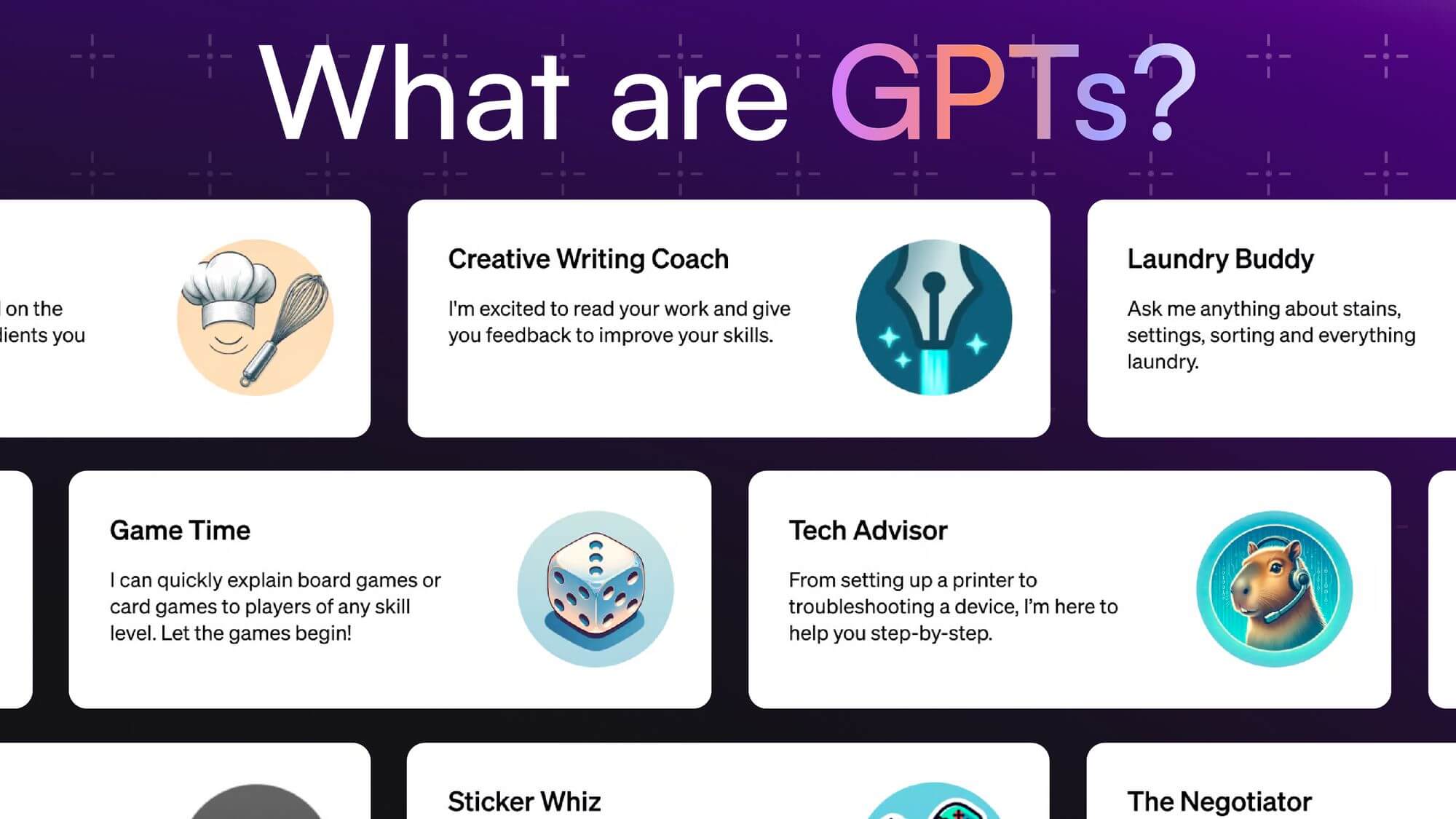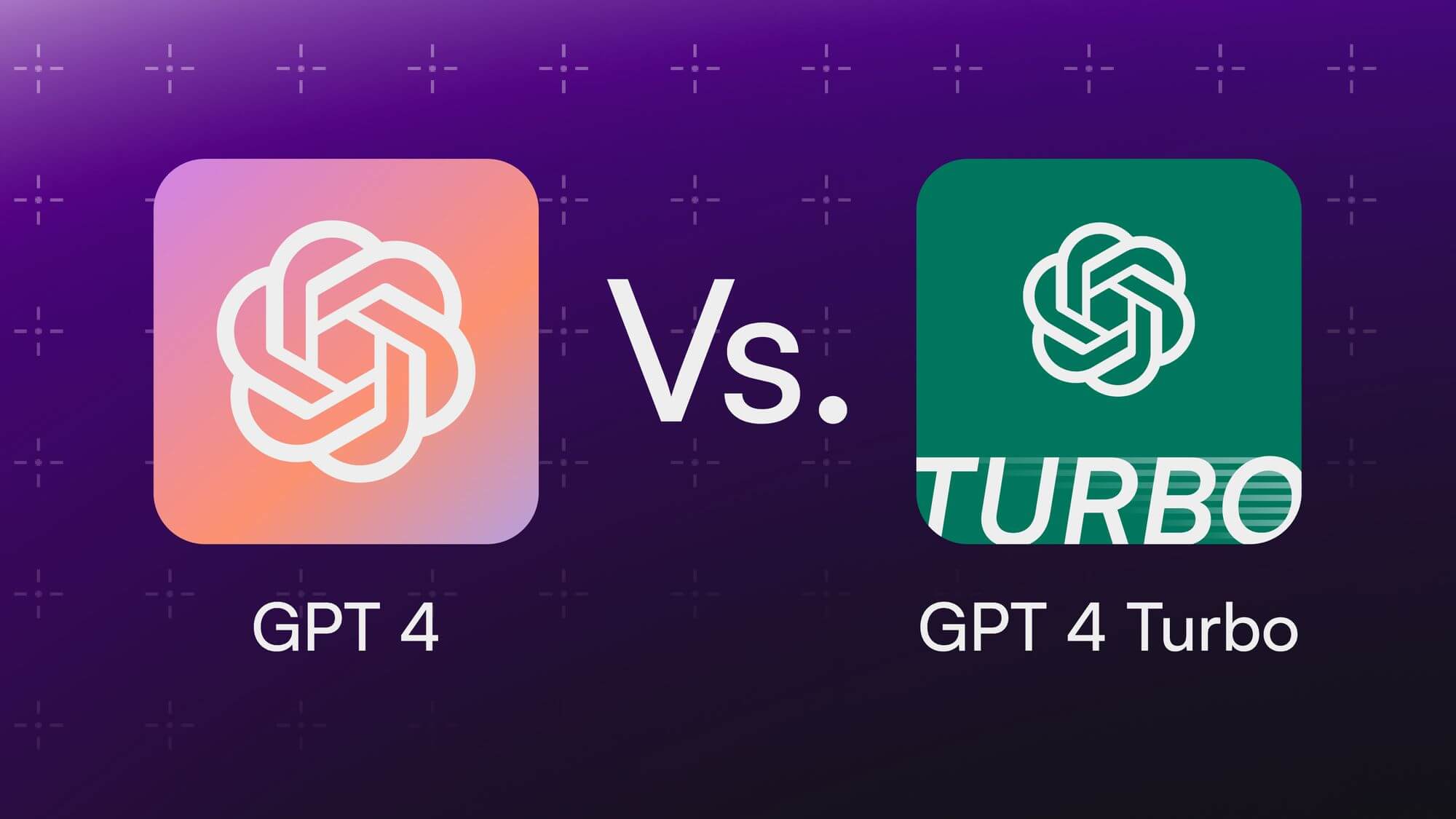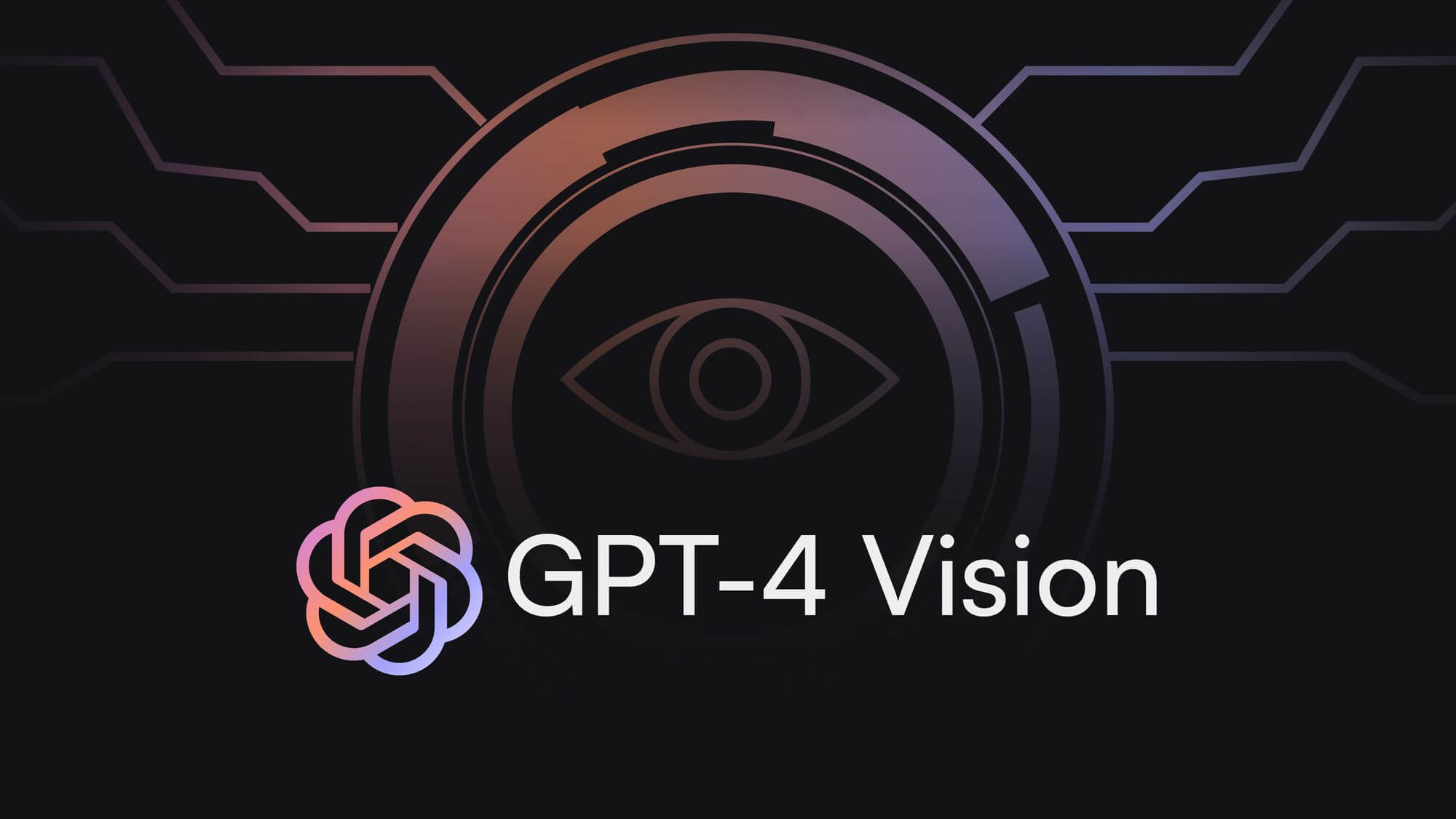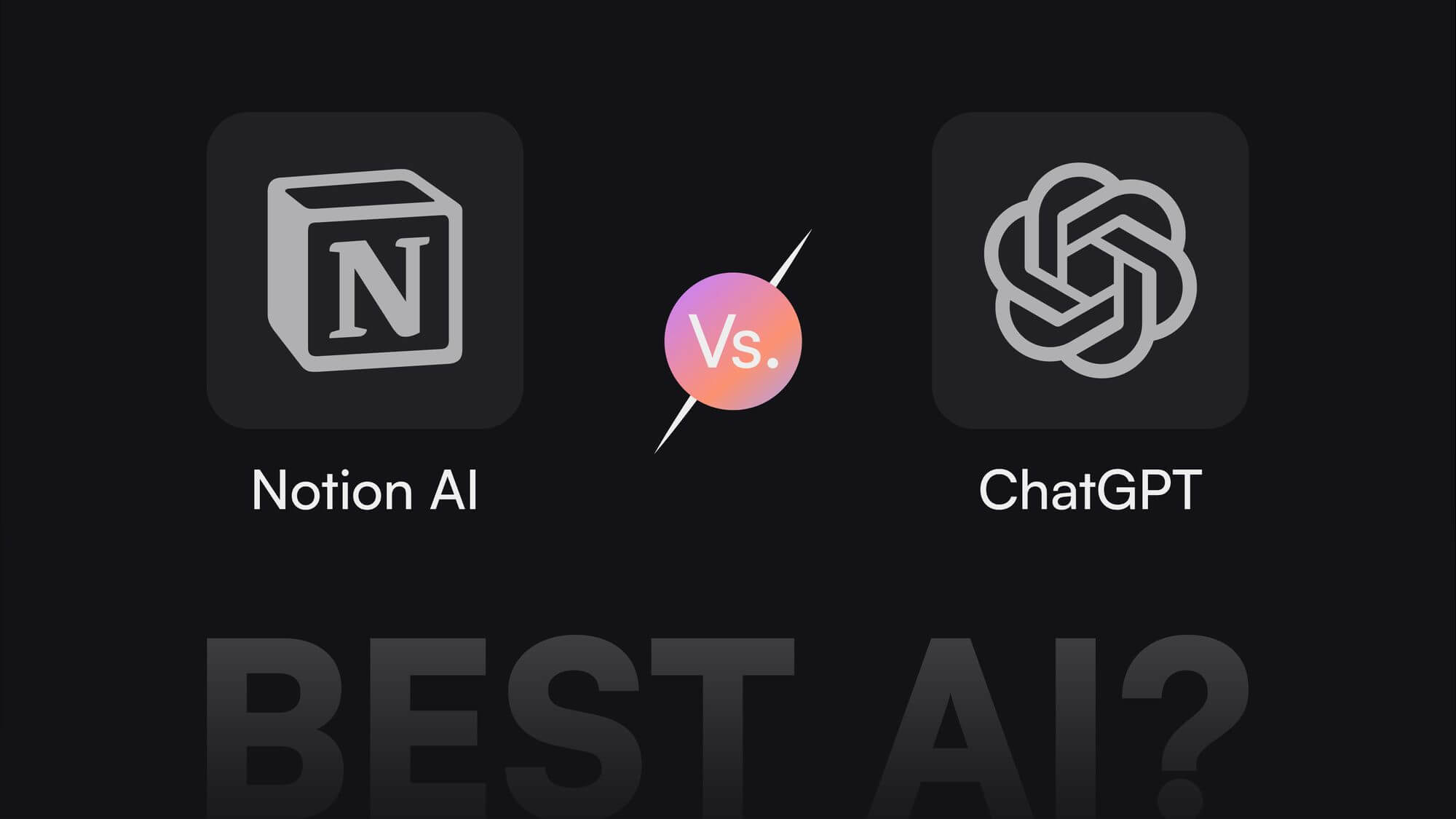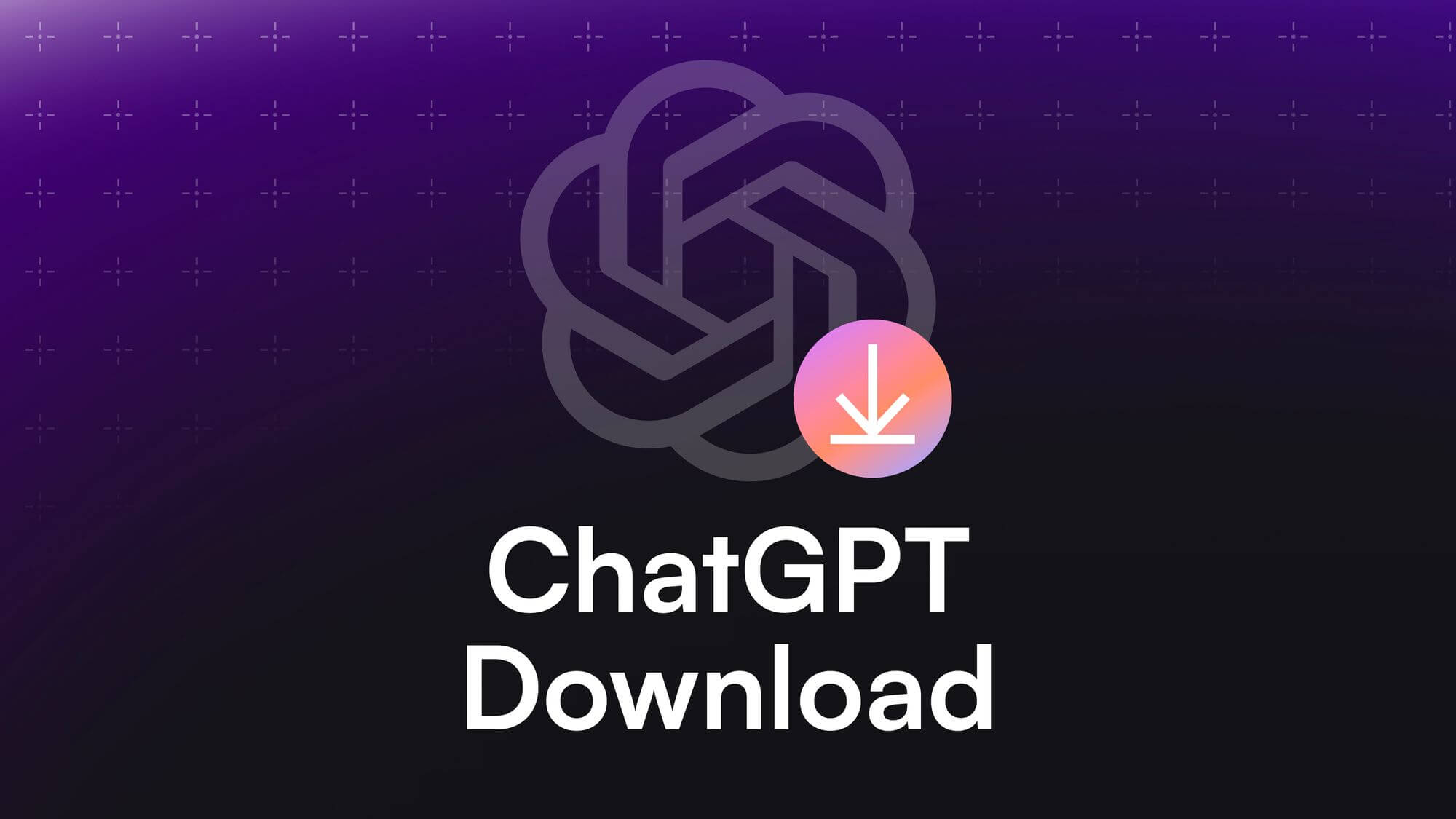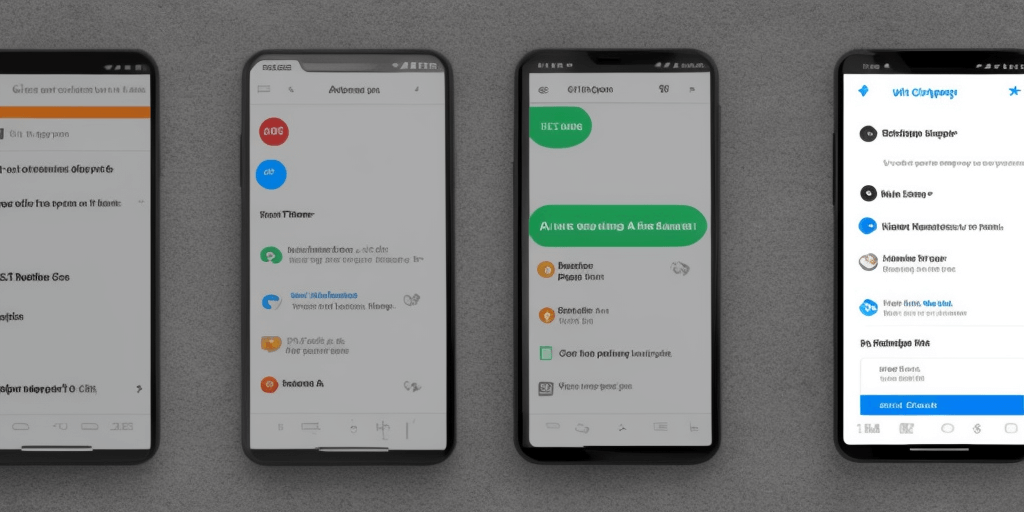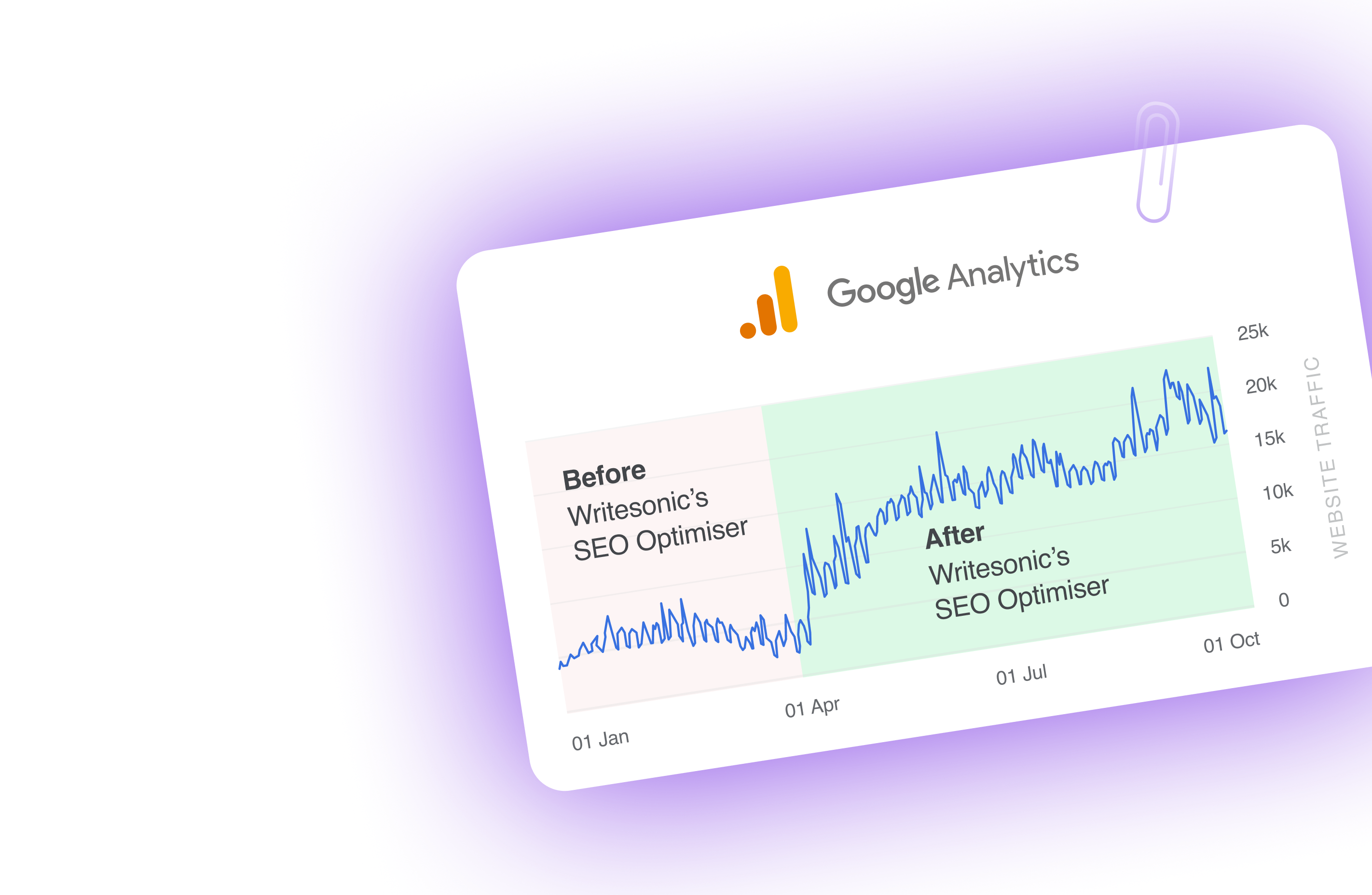Get ready for the next big thing in the world of artificial intelligence: GPT-4!
It’s the superstar sequel to GPT-3 and will take the AI world by storm. Think of GPT-4 as the blockbuster sequel to your Avengers movie. Sure, the first one was good, but this one will blow your mind!
So, what’s so great about GPT-4? Well, for starters, it will have an even more extensive and diverse dataset, which means it can generate even more precise and better responses. It’s like going from a flip phone to a smartphone – endless possibilities!
As a business owner or marketer, you must stay up-to-date on the latest AI advancements, especially language models like GPT-4. It could revolutionize how you interact with your customers, personalize marketing, and build strategies.
But what’s really the big deal about GPT-4? That’s what we will explain in this article.
GPT-4 vs GPT-3: A Brief History
Before we dive into the exciting possibilities of GPT-4, let’s take a quick trip down memory lane and see how it compares to its predecessor, GPT-3.
Model performance on various tasks | GPT-1 paper
Model performance on various tasks | GPT-2 paper
GPT-1 and GPT-2 were impressive language models in their own right, but they had limitations regarding their dataset and capabilities. With GPT-3, the game changed by having a massive dataset and the ability to generate human-like responses that were often difficult to distinguish from those of a human.
Now, the AI world is buzzing with anticipation for GPT-4. While the specifics of the model will be shared in the article, to give you the gist, it’s more capable than GPT-3. It has extensive datasets to generate more detailed and personalized responses than before.
The excitement around GPT-4 is electrifying, with many eagerly anticipating its release. It’s poised to be the next big breakthrough in AI language models, with immense implications for businesses and industries.
Along with GPT-4, ChatGPT has launched ChatGPT Plugins that can overcome the limitations of GPT-4 like generating outdated responses.
But before we rush to the model specifics, let’s look at the critical differences between GPT-4 and its predecessor — GPT-3.
GPT-4 vs GPT-3: Key Differences
Let’s dive into the exciting world of GPT-4 and its critical differences compared to GPT-3! It’s like comparing a superhero to their sidekick – both are impressive, but one always steals the spotlight.
With the release of GPT-4, businesses anticipate the impact of this advanced language model on their operations and here’s why GPT-4 is making such big headlines.
- GPT-4 Has 100 Trillion Parameters: Compared to its predecessor, GPT-3, GPT-4 boasts a substantially larger-sized database, faster speed, and improved performance across a range of benchmarks. GPT-4 has 100 trillion parameters, compared to GPT -3’s 175 billion parameters, making it substantially more prominent and influential.
This increased parameter size will enable businesses to generate more accurate and coherent text. GPT-4 can generate more accurate financial reports, forecasts, and investment strategies based on vast amounts of market data.
- Improved Factual Performance: GPT-4 improves GPT -3’s factual correctness, scoring 40% higher on OpenAI’s internal factual performance benchmark and producing fewer “hallucinations” or factual errors. This improved solid performance is critical for businesses that need to generate accurate and reliable content.
By using GPT-4, businesses can avoid costly mistakes that could damage their reputation. For example, GPT-4 can generate more accurate and efficient product descriptions, news articles, or legal documents.
For example, a law firm can use GPT-4 to analyze and summarise legal cases with greater accuracy and efficiency, reducing the risk of errors and improving the quality of legal advice. In fact, Legal AI company Casetext has the world’s first GPT-4-powered AI legal assistant, which claims to be the first AI to pass the bar exam.
- Enhanced Steerability: GPT-4 is more “steerable,” allowing users to command it to write in different styles, tones, or voices. This enhanced steerability significantly improved over GPT-3, which could generate text in different types but required substantial retraining.
Businesses can use GPT-4 to customize the language model to their specific needs.
Let’s say you own a marketing agency, you can use GPT-4 to create customized marketing campaigns that resonate with customer segments based on their preferences, interests, and behaviors.
- Image Inputs Capability: GPT-4 can use image inputs, enabling users to specify any vision or language task by entering text and images. This will benefit businesses dealing with visual or multimedia content, such as advertising, entertainment, and e-commerce.
An online retailer can use GPT-4 to generate product descriptions and reviews based on images and videos, making it easier for customers to understand and compare products.
- Human-Level Performance on Various Benchmarks: GPT-4 achieved human-level performance on various professional and academic benchmarks, including the Uniform Bar Examination, LSAT, and SAT.
This will benefit businesses that require high levels of language skills and critical thinking, such as education, legal, and consulting industries. In fact, the popular learning platform, Khan Academy, is already working to integrate it.
For example, a consulting firm can use GPT-4 to analyze and solve complex business problems, such as market segmentation, pricing strategy, and risk management.
- Outperformance on Multiple Benchmarks: GPT-4 outperformed existing large language models on traditional machine learning benchmarks, as well as in multiple-choice questions in 57 subjects, commonsense reasoning, and grade-school science questions.
This will benefit businesses that require high levels of accuracy and efficiency in language processing and understanding, such as customer service, chatbot, and virtual assistant industries.
For example, a customer service center can use GPT-4 to provide faster and more accurate responses to customer inquiries based on natural language understanding and context awareness. Popular payment infrastructure platform, Stripe, is already working on it. And guess what? Intercom is working on it too.
- Multilingual Capability: Brands like Duolingo have already adapted GPT-4 to teach multiple languages. Additionally, GPT-4 outperformed GPT-3.5 and other large language models in 24 out of 26 languages tested, based on the MMLU benchmark. This will benefit businesses that operate in multilingual environments or international target markets, such as tourism, hospitality, and e-commerce.
For example, a hotel chain can use GPT-4 to provide multilingual customer service and support based on accurate and context-sensitive translations of customer inquiries and requests.
As you can see, the differences between GPT-4 and GPT-3 are substantial, and the implications for businesses and industries are enormous. The advancements in speed, adaptability, and language skills of GPT-4 will enable enterprises to improve their efficiency, productivity, and customer experience.
Therefore, it’s no surprise that companies are eagerly anticipating the release of GPT-4 and strategizing how they can integrate it into their business operations.
Let’s look at how GPT-4 and its advanced capabilities can transform businesses’ operations.
GPT-4 vs GPT-3: How Can Businesses Benefit?
GPT-4 is an advanced artificial intelligence language model that promises to be a game-changer for businesses across industries. It will build on the advances made by GPT-3.5 and offer even more capabilities, including improved accuracy, context comprehension, and language skills.
Here are some ways that GPT-4 could help businesses and change lives:
- Automated Customer Support: GPT-4 is believed to revolutionize customer service by allowing businesses to automate customer support. With its advanced language skills and context comprehension, it can understand customers’ inquiries and provide timely solutions, answering common questions and resolving issues without human intervention. Its ability to recognize when a conversation requires a handover to a live agent ensures a seamless customer experience.
- Fraud Detection: GPT-4’s analytical capabilities can help businesses detect fraud early on, saving them time and resources while protecting customer data. By analyzing large amounts of data, GPT-4 can identify patterns that indicate potential fraudulent activity, such as unusual account access or purchasing behavior. This enables businesses to take proactive measures to prevent fraud before it causes harm.
- Predictive Maintenance: GPT-4 can provide insights into equipment maintenance needs based on sensor data in industries such as manufacturing and logistics and help to avoid expensive downtime and reduce repair expenses by predicting when maintenance will be required. This helps companies to operate more efficiently and increases productivity.
- Financial Advisory Services: GPT-4 can provide financial advisors with valuable insights into market trends and consumer behavior patterns, helping them make informed investment decisions. By analyzing vast amounts of data, GPT-4 can assist in managing portfolios, identifying growth opportunities, and mitigating risks. This enhances the advisor’s expertise and improves client outcomes.
- Virtual Personal Shopping: GPT-4 can personalize the shopping experience for customers by suggesting products based on their previous purchases, browsing history, and preferences. Using machine learning algorithms, GPT-4 can analyze the vast amount of data to generate personalized recommendations for each customer. This increases customer satisfaction and loyalty while also boosting sales.
- Quality Assurance: GPT-4 can improve product quality by analyzing real-time data and flagging any issues or deviations from expected standards. It can monitor quality control processes and alert businesses to any problems, preventing defects from reaching customers. This helps companies maintain high customer satisfaction levels and protect their brand reputation.
- Personalized Education: GPT-4 can transform education by providing teachers with tools to deliver customized learning experiences to students. By analyzing student data such as test scores, attendance records, and learning preferences, GPT-4 can tailor lessons to individual needs, abilities, and interests. This improves student engagement, performance, and outcomes.
- Smart Recruitment: GPT-4 can help businesses streamline their recruitment processes by analyzing resumes, job descriptions, and other relevant data to identify top candidates. By automating tedious tasks such as resume screening, GPT-4 can save HR departments time and resources while improving hiring outcomes. This leads to better candidate matches and increased retention rates.
- Demand Forecasting: GPT-4 can predict future demand for products and services by analyzing sales data, consumer behavior, and other relevant factors. By forecasting demand accurately, businesses can optimize inventory management, pricing strategies, and resource allocation, increasing profitability and efficiency.
- Cybersecurity: GPT-4 can help businesses safeguard their operations and protect customer data from cyber attacks. By monitoring network traffic in real-time and analyzing patterns, GPT-4 can quickly detect and respond to potential threats, preventing damage. This enhances business continuity and strengthens customer trust in the organization.
In addition to these use cases, GPT-4 could significantly impact fields such as law enforcement, journalism, and entertainment. Its ability to analyze data and provide insights could lead to better decision-making and more accurate reporting. It could also enhance creativity by generating new ideas and concepts based on existing data sets. Explore 20 more GPT-4 use cases to make the most out of it.
Overall, GPT-4 has the potential to be a disruptive technology that transforms businesses and changes lives to make smarter decisions, increase efficiency, and improve customer experiences.
But as Uncle Ben said, “With great power comes great responsibility” the same is valid with any powerful tool. It’s essential to approach GPT-4 carefully, considering ethical concerns and ensuring responsible use.
Let’s take a closer look at some ethical concerns that may arise with GPT-4.
GPT-4 vs GPT-3: Ethical Questions and Security Risks to Consider
- Misinformation: One of the most significant risks posed by AI-generated content is the potential for false information, leading to misinformation and manipulative propaganda.
Malicious actors can harness GPT-4’s advanced language skills and context comprehension to manipulate public opinion, influence political processes, or profit from harmful marketing campaigns.
Therefore, businesses must adopt strict guidelines and thorough vetting protocols to ensure the accuracy and impartiality of the content generated by GPT-4.
- Ownership Rights: As it is difficult to differentiate between human-generated and AI-generated content, legal disputes over content ownership could arise, leading to potential litigation and loss of intellectual property.
Vendors providing access to GPT-4 API must put explicit provisions on content ownership rights for their customers to avoid legal complications.
- Data Privacy and Security: GPT-4 has access to vast amounts of data, and businesses must store the data securely to prevent unauthorized access or misuse. Breaches in data privacy and security could lead to significant reputational and legal damages, resulting in immense financial loss.
The adoption of AI solutions like GPT-4 must incorporate rigorous encryption methods, access controls, and regular audits to ensure data security.
- Mitigation of Risks: Businesses must institute stringent measures to assess the accuracy, relatability, and impartiality of AI-generated content, especially during election periods or political campaigns.
Regular auditing of the data used to train GPT-4 will ensure that the ‘model’ represents the most recent version of reality so that the content generated will not influence political outcomes.
- Establish protocols to prevent IP infringements: Organizations that use AI-generated content under a subscription model must adopt robust protocols around content ownership rights.
Customers must be aware of the license agreements’ terms and clearly understand their rights and control mechanisms with any content produced using GPT-4.
- Implement robust encryption methods: Businesses must adopt advanced encryption to prevent unauthorized access or cyberattacks. Access to data and who can change or delete it must be strictly controlled, and employees must be trained to identify and respond to potential breaches effectively.
- Partner with reliable vendors: Vendors who offer GPT-4 should incorporate data privacy and security into their products and services. A reliable vendor should offer transparency on their data access policies and provide rigorous data security features, such as encryption, access control, and regular audits.
As we continue exploring the differences between GPT-4 and GPT-3, we must consider the potential ethical concerns that arise with AI. We must remain vigilant and proactive in addressing these issues to ensure that the benefits of AI technology are maximized while minimizing any potential harm.
With this in mind, let’s move on to costs and getting started with GPT-4 so businesses can explore its many exciting opportunities.
GPT-4 vs GPT-3: Costs and Getting Started
GPT-4 presents an exciting opportunity for businesses leveraging the latest AI and NLP technologies. However, it’s crucial to consider the potential costs and implementation processes associated with its adoption.
Implementation
Getting started with GPT-4 is a simple process but requires some preparation and patience. Here’s a step-by-step guide to accessing the latest AI model from OpenAI:
With ChatGPT Plus
- To access GPT-4, you must have a ChatGPT account. If you don’t have one, sign up for ChatGPT on the OpenAI website. Pretty easy!
- Once you have a ChatGPT account, you must upgrade to ChatGPT Plus to access GPT-4. ChatGPT Plus hooked with GPT-4 is also known as ChatGPT-4. Learn more about how to use ChatGPT-4.
- Subscribers of ChatGPT Plus subscribers will be able to use GPT-4 with a limit on usage, which will be adjusted based on demand and system performance. Initially, subscribers will be allowed to send 100 messages every 4 hours.
With API
- If you are not a ChatGPT Plus subscriber, you can still access GPT-4 by joining the GPT-4 API waitlist. However, access to the API is granted based on several factors, including your use case and prior experience with AI.
- To convince OpenAI that you are a valuable partner, prepare a comprehensive proposal detailing how you plan to use GPT-4 in your projects. Your proposal should cover the following:
- Background: Provide information on your experience with AI and machine learning and any relevant past work.
- Purpose: Describe how GPT-4 will benefit your business or projects, focusing on the improvements it will bring to your existing processes.
- Vision: Show how granting you access to GPT-4 aligns with OpenAI’s mission to ensure AGI benefits all of humanity.
- Once your proposal is ready, join the GPT-4 API waitlist by filling out a form with your organization details and the use cases you prepared to use GPT-4.
Remember that OpenAI may receive many applications, so be patient and prepared to await their response. In the meantime, continue expanding your knowledge of AI and building connections with the community.
- If your application is flourishing and you are granted access to GPT-4, you may receive an invitation to join the GPT-4 Beta Program. This fantastic opportunity allows users to access GPT-4 before its public release and test the AI model in their projects.
To utilize GPT-4 effectively, you’ll need to work with its API (Application Programming Interface), which can seem overwhelming if you’re new to it. Still, OpenAI has developed comprehensive documentation and support materials to help you master the GPT-4 API. These materials include tutorials, sample code, and documentation on how to use GPT-4 to its full potential.
Potential Cost
As with any new technology, the cost is crucial in deciding whether to adopt it. Here’s everything you need to know about the new costing structure:
- To access GPT-4, businesses must pay $0.03 per 1k prompt request tokens and $0.06 per 1k completion response tokens. Compared to GPT-3.5, GPT-4 has doubled its max context length from 4,096 to 8,192, making it more powerful but also more expensive.
- Businesses can sign up for the waitlist to access GPT-4, which provides access to the GPT-4 API with rate limits of 40k tokens per minute and 200 requests per minute.
- Alternatively, businesses can use ChatGPT Plus for $20 per month, providing access to GPT-4 to process around 333k words and evaluating the benefits and costs before adopting GPT-4, depending on the business’s objectives, industry, and budget.
It’s important to note that the cost of using the GPT-4 API is significantly higher than the ChatGPT API. GPT-4 for prompts is 14x more expensive than the ChatGPT API, while GPT-4 for completions is 29x more expensive than the ChatGPT API. Learn more about GPT-4 vs. ChatGPT.
However, it’s also worth considering the benefits of using the more advanced technology and the potential returns it could bring. For small businesses, the cost of using GPT-4 may be a significant factor to consider, but the potential gains could be substantial.
Although with the adoption of GPT-4 comes potential ethical and security risks and substantial costs. Businesses must consider these risks and costs, implement sound mitigation measures, and evaluate their ROI before adopting GPT-4.
GPT-4 vs GPT-3: What the Future Holds
Artificial intelligence has been a topic of discussion for several years now. With the rapid advancement of technology, it’s clear that AI will play a significant role in shaping the future of businesses and societies.
One of the most talked-about AI technologies is the GPT (Generative Pre-trained Transformer) language model, which has been at the forefront of AI research for some time. The upcoming GPT-4 is generating much buzz, and people are curious how it will differ from its predecessor, GPT-3, and what the future holds for GPT models.
Future development of GPT models
- With GPT-4, we can expect better context understanding, improved conversational abilities, and enhanced efficiency and performance without significantly increasing parameters.
- GPT-4 will be able to understand more complex and diverse contexts, allowing it to generate more accurate and human-like responses.
- This development will enable businesses to create customized chatbots that improve customer service and interactions. Have a look at the 10 best AI chatbots you can try.
Working with other AI technologies
While GPT-4 will be a significant advancement in AI technology, it’s essential to recognize that it’s not the only technology out there. Here’s what you need to know:
- GPT-4 must work with other AI technologies, such as computer vision, speech recognition, and natural language processing, to maximize its potential.
- Integrating GPT-4 with these other technologies will create more advanced AI systems that can take on more complex tasks and deliver more comprehensive solutions.
- This integration will bring numerous benefits, including improving business operations, creating new opportunities, and driving innovation.
How AI and business will change together
The rise of AI will transform how we do business. Here’s what you need to know:
- Companies that embrace AI technology will have a competitive edge over those that don’t, allowing them to optimize their operations, improve customer experiences, and drive innovation.
- AI can automate many repetitive and time-consuming tasks, enabling businesses to allocate resources to more valuable activities.
- This shift will create new job opportunities that require higher-level skills, such as data analysis, programming, and problem-solving.
- However, one of the significant concerns is the potential job loss resulting from the automation of tasks currently performed by humans. Companies must work to minimize this impact and help their employees reskill and upskill to meet the changing job market’s demands.
So, yes, the future of GPT models and AI technology is promising, but it’s not without challenges. As businesses and societies adapt to these changes, we can expect significant shifts in how we work and live our lives. It’s an exciting time to be part of this new age of AI, and we can’t wait to see what the future holds!
Use ChatSonic with GPT-4 to supercharge your business
GPT-4 is here and will significantly disrupt the AI industry. With improved context understanding, enhanced conversational abilities, and better efficiency and performance, GPT-4 will take AI technology to new heights and give companies a competitive edge over those that don’t embrace AI.
Check out 6 AI tools with GPT-4 powers in 2023.
The future of AI is bright, and GPT-4 is just the beginning. If you want to explore and unlock the true potential of GPT-4, you must try WriteSonic, which makes it way better with ChatSonic, the supercharged version of ChatGPT.
Fun Fact: WriteSonic was one of the fastest brands to integrate GPT-4.
ChatSonic offers a range of features that ChatGPT lacks, including up-to-date trend information, voice command activation, AI image creation, personal assistant feature, and real-time content generation. Its Chrome Extension also helps users get answers fast.
Using ChatSonic with GPT-4 powers, businesses can take their AI capabilities to new heights, unlocking incredible opportunities and revolutionizing how they do business.
As we look toward the future of AI, we can be confident that these tools will play a crucial role in transforming industries and driving innovation forward.
That’s it for today. Let’s embrace this new age of AI and leverage ChatSonic and GPT-4’s impressive capabilities to unlock incredible opportunities and revolutionize how we do business.
Happy experimenting, and may ChatSonic and GPT-4 be the keys that unlock the full potential of AI technology for you and your projects!

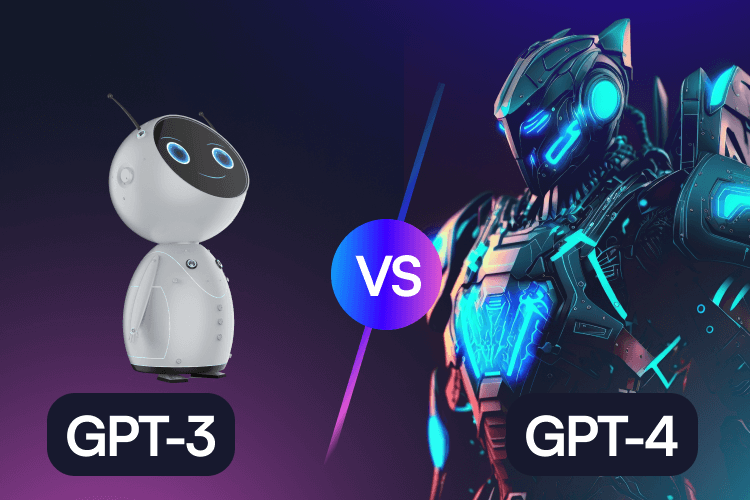
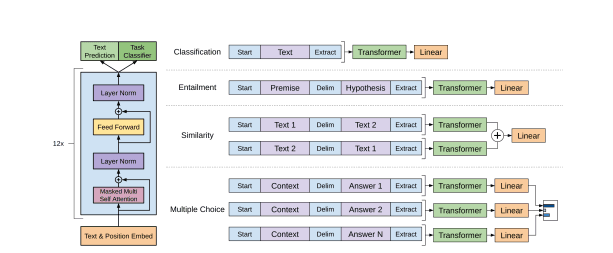

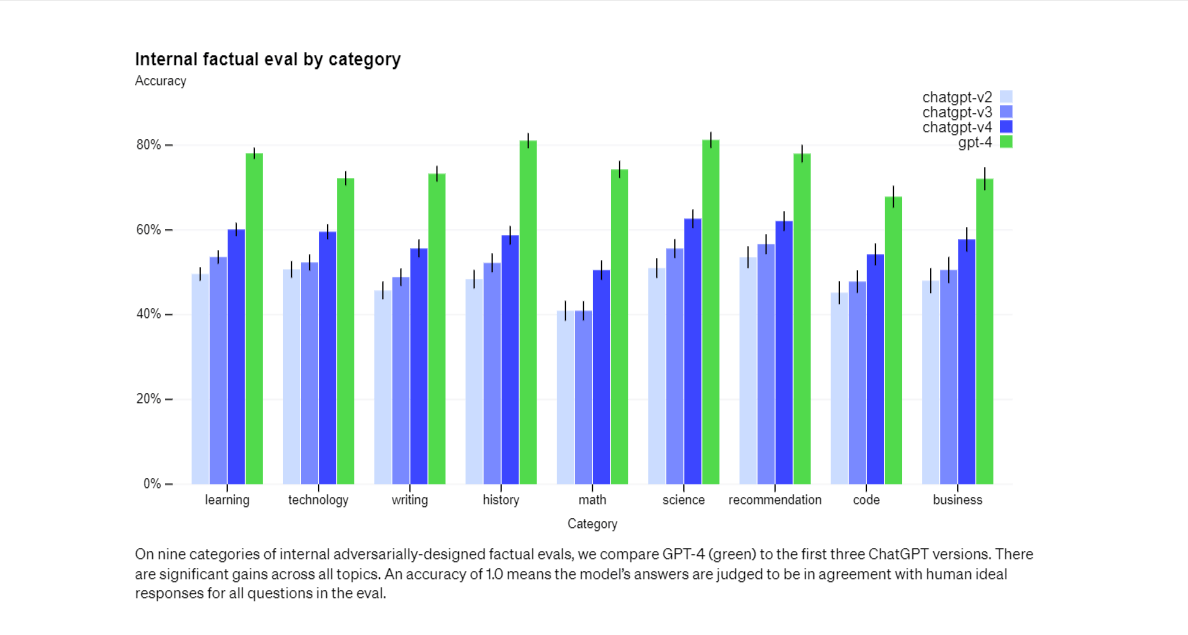
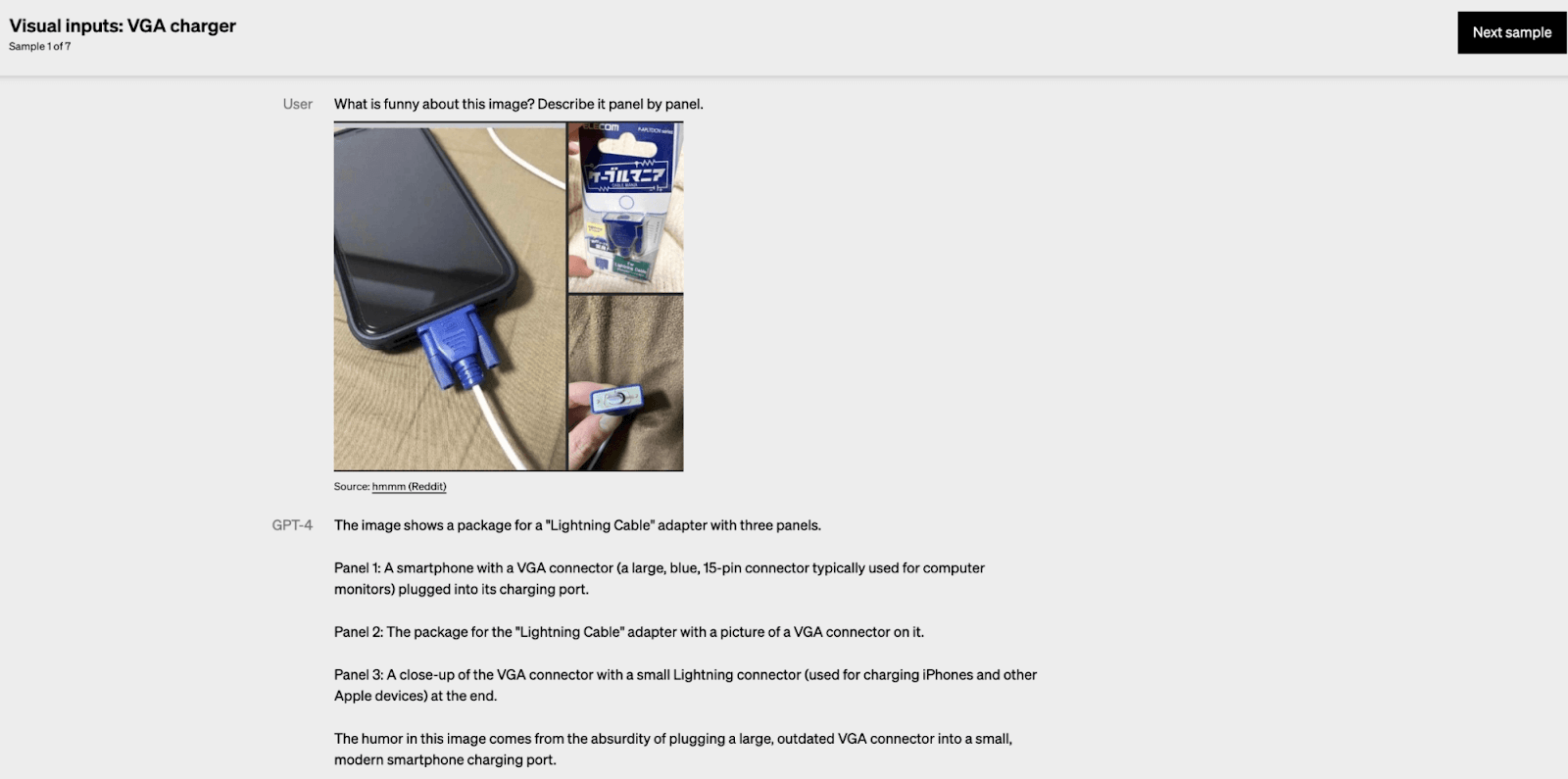
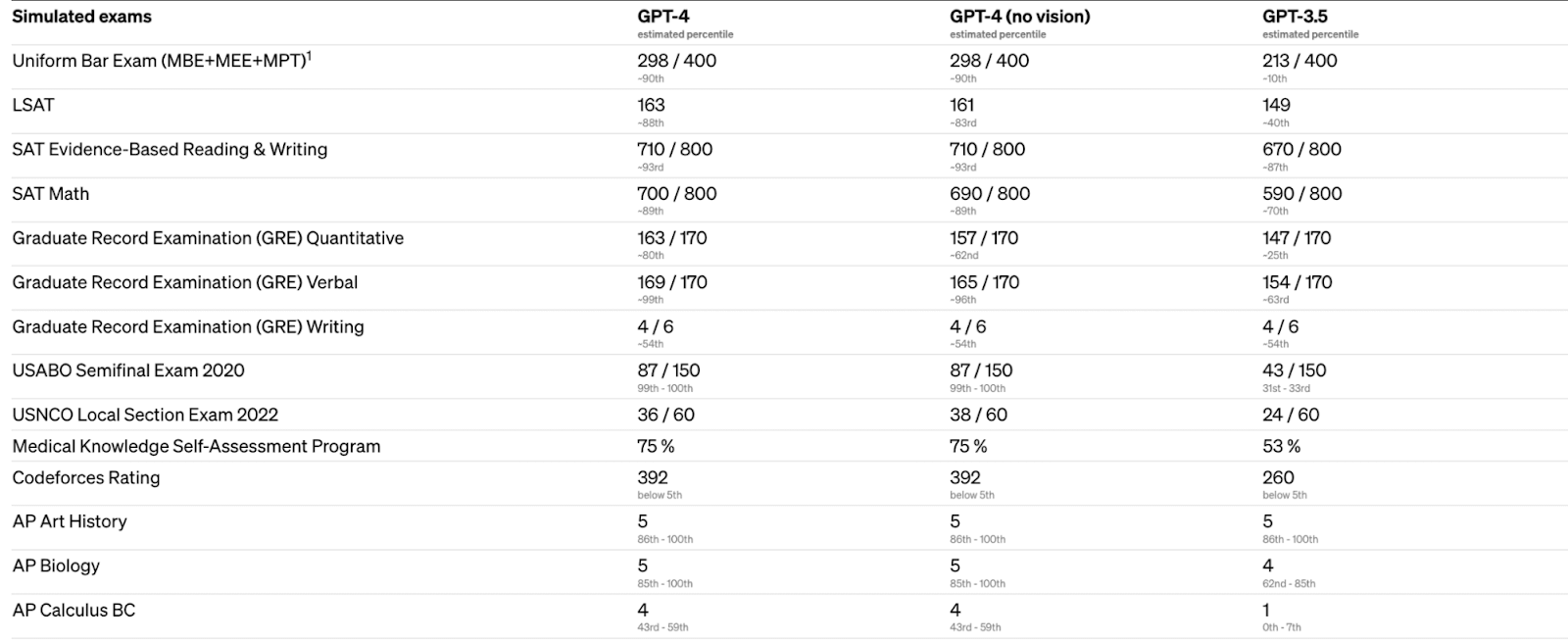

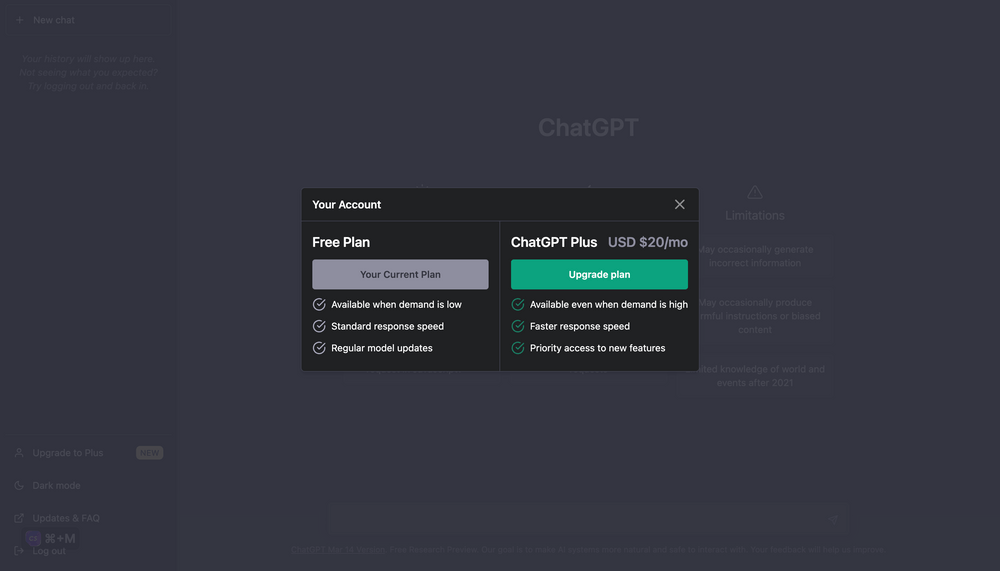
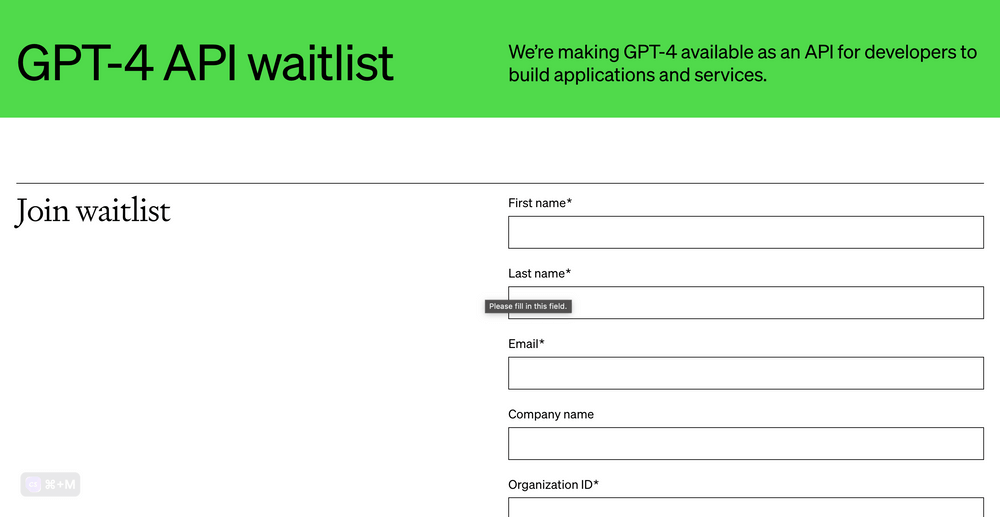

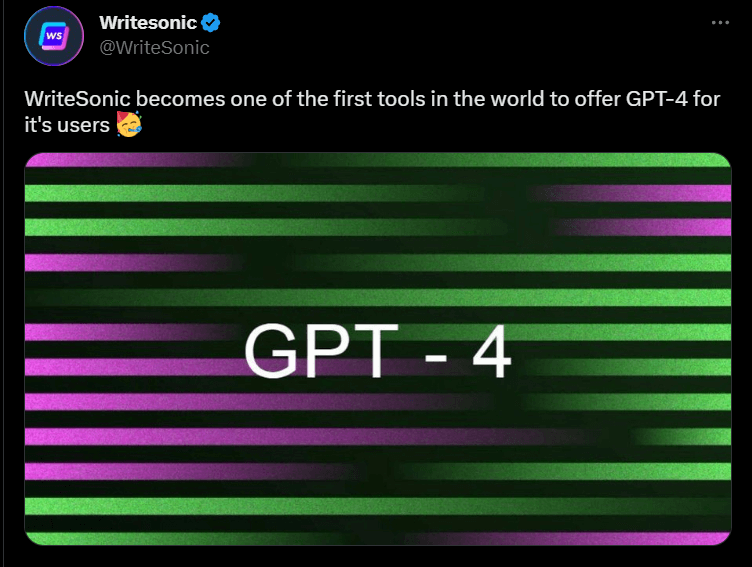
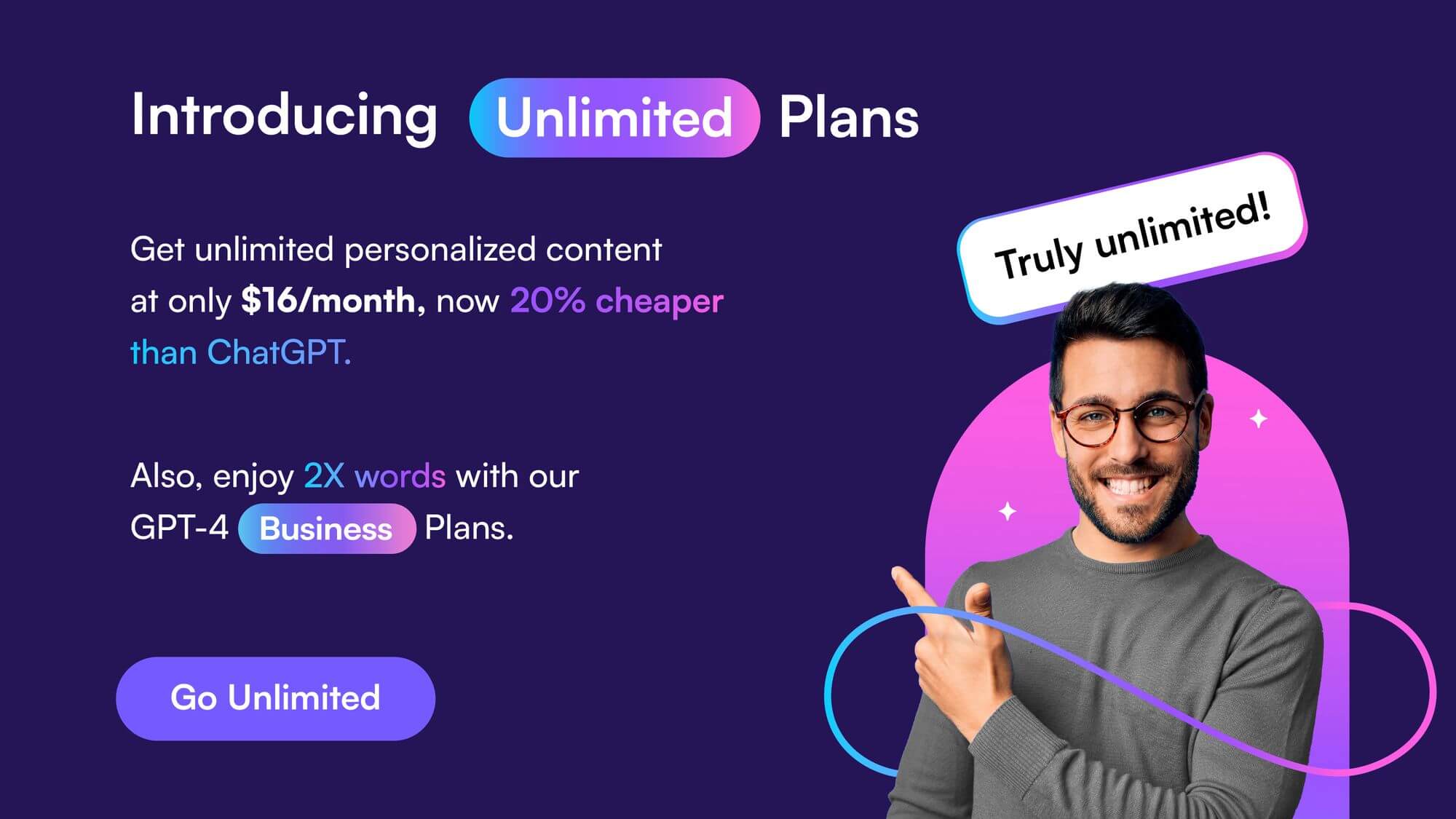





![How to Make ChatGPT Sound More Human: 9 Proven Strategies [With Examples]](/wp-content/uploads/How-to-Make-ChatGPT-Sound-More-Human-1.png)


![17 Best ChatGPT Alternatives That’ll Blow Your Mind in 2025 [Free & Paid]](/wp-content/uploads/2024/08/Best-ChatGPT-Alternatives-min-2-.jpg)
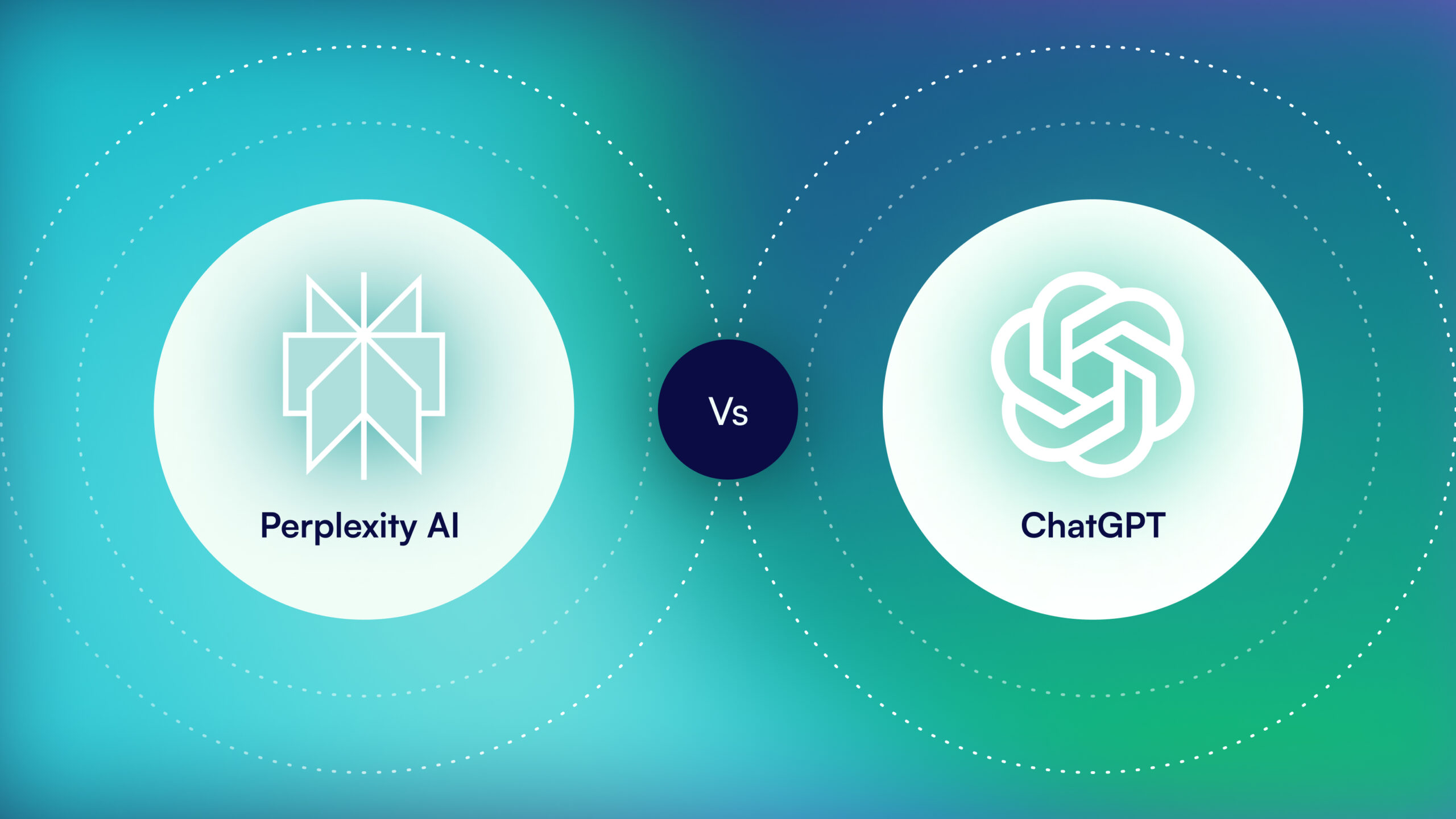
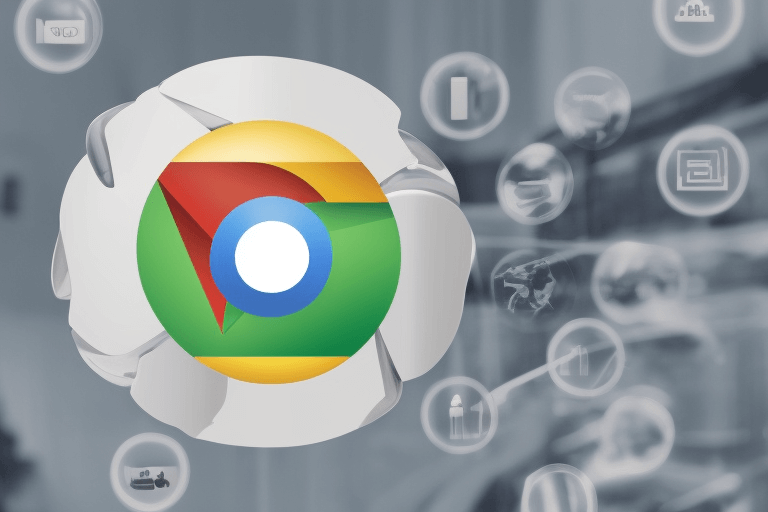


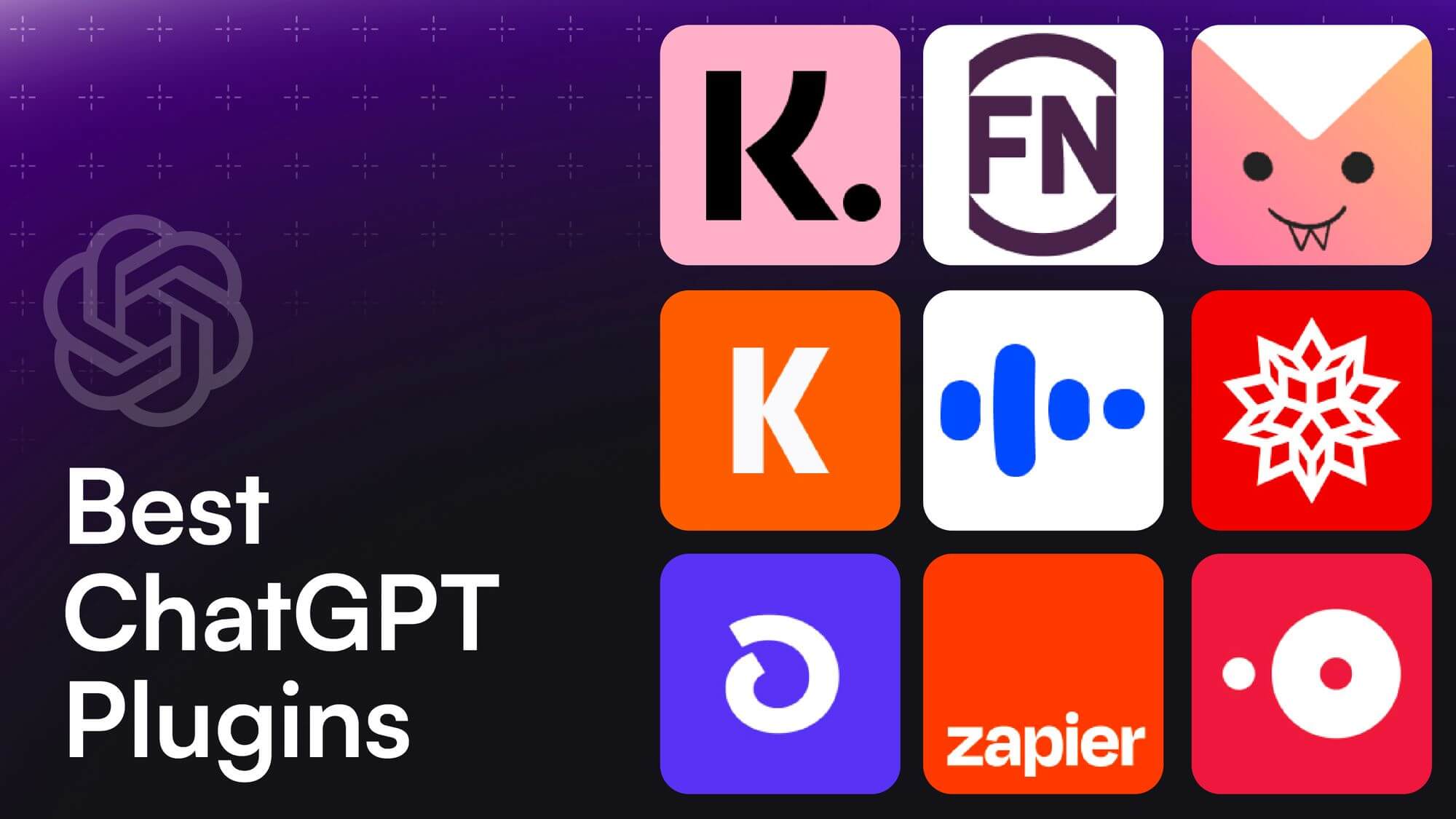


![How to Create a Custom GPT using GPT Builder? [Even Without ChatGPT Plus]](/wp-content/uploads/Build-Custom-GPT.jpg)

